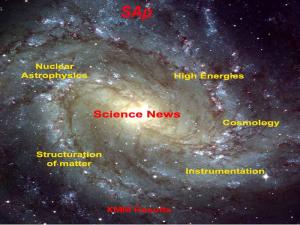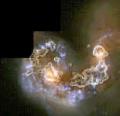Activity report 1997 - 2001
 History of elements History of elements
 Nuclei of cosmological origin (D, 3He, 4He, 7Li) Nuclei of cosmological origin (D, 3He, 4He, 7Li)
 Nuclei originating from spallation (Li, Be, B) Nuclei originating from spallation (Li, Be, B)
 Gamma-ray line astronomy as a probe of thermal and non thermal nucleosynthesis Gamma-ray line astronomy as a probe of thermal and non thermal nucleosynthesis
 High-energy laser experiments based on plasma physics applied to astrophysics High-energy laser experiments based on plasma physics applied to astrophysics
 ASTROLABE I experiment ASTROLABE I experiment
 Study of spectral opacities Study of spectral opacities
 Experiments concerning shock physics Experiments concerning shock physics
 Modelling laser experiments Modelling laser experiments
 Probing stellar plasmas by seismology: towards a dynamical and multidimensional view of the stars Probing stellar plasmas by seismology: towards a dynamical and multidimensional view of the stars
 GOLF on board the SOHO satellite GOLF on board the SOHO satellite
 Study of solar acoustic modes Study of solar acoustic modes
 The solar model The solar model
 Evolution of young stars Evolution of young stars
 Asteroseismology and other stars Asteroseismology and other stars
 Scale invariance and statistical properties of turbulence Scale invariance and statistical properties of turbulence
 Turbulence Modelling Turbulence Modelling
 Application to Geophysics and Astrophysics Application to Geophysics and Astrophysics
 Magnetohydrodynamics and applications to the solar corona Magnetohydrodynamics and applications to the solar corona
 General properties of magnetostatic equilibria General properties of magnetostatic equilibria
 Quasi-static evolution of magnetostatic equilibria Quasi-static evolution of magnetostatic equilibria
 Numerical simulation of the evolution of a magnetic field Numerical simulation of the evolution of a magnetic field
|
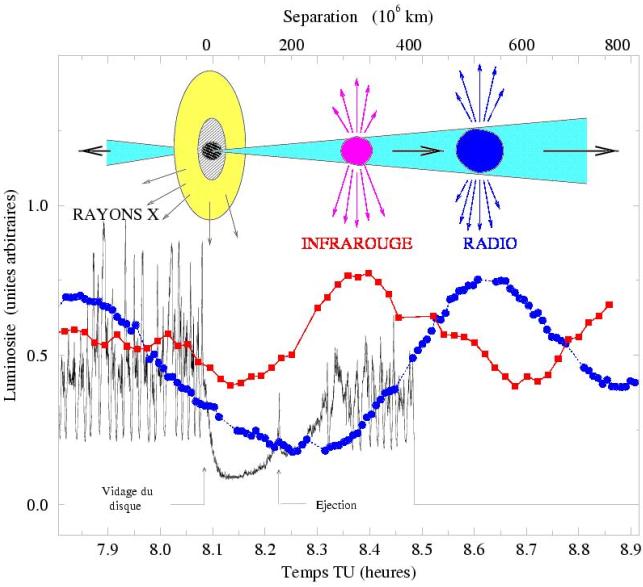 |
Supernovae, Neutrons stars, Black holes, Cosmic rays
|
 High-energy data collected at SAp High-energy data collected at SAp
-
SIGMA telescope on the GRANAT satellite
-
KET experiment on the Ulysses probe
-
CAT telescope
-
EPIC camera on the XMM-Newton satellite
 Multi-walelength observations and theoretical interpretations Multi-walelength observations and theoretical interpretations
-
Multi-wavelength studies of supernova remnants
-
Multi-wavelength studies of compact objects
-
Multi-wavelength studies of microquasars
-
Modelling of Bondi-Hoyle-Lyttleton type accretion
-
Modelling of gamma emission on the horizon of a black hole
-
Modelling of accretion-ejection phenomena in microquasars
-
Galactic Cosmic Ray sources, and the galactic evolution of Beryllium and Boron
|
 Computational cosmology Computational cosmology
 Theoretical cosmology Theoretical cosmology
|
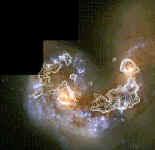 |
From galaxies to planets :
The collapse of matter, a key to the formation of structures
|
 Formation and early evolution of solar-like stars in our Galaxy Formation and early evolution of solar-like stars in our Galaxy
-
Prestellar condensations on the verge of collapse within molecular clouds
-
Modelling the collapse of protostellar clouds
-
Planetary systems, disks and rings
-
High-energy phenomena in regions of star formation
-
Interstellar shocks
-
Projects
 Star formation in nearby galaxies Star formation in nearby galaxies
|
 Supernovae remnants Supernovae remnants
 Compacts sources Compacts sources
 Stellar coronae Stellar coronae
|
#1432 - Last update : 03/22 2007
